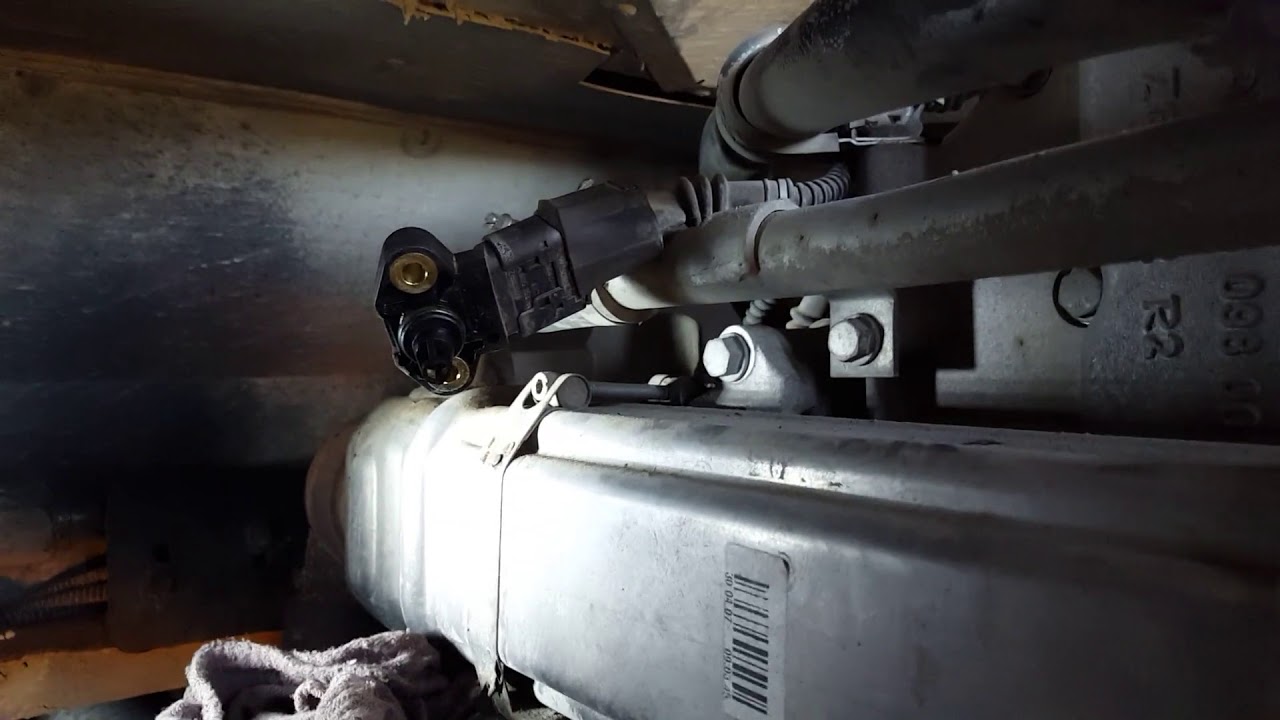We operate a lot of Mercedes MBE 900 diesel engines in our fleet and you probably noticed there a lot of videos related to these engines on this site primarily because they are getting old and diesel engines wear out of course and develop issues. One very common issue with our Mercedes is their sensitivity to emission codes. The 2631 turbo boost performance code is the most common.
In the video you can see the charge air cooler has a hole in the core most likely from a stray rock on the highway or something contacting the cooler (it’s happened before) and rubbing through to cause the failure so that’s an important step we take during services to do a visual check. Another good reason to check the cooler closely is they are very expensive being made of aluminum and depending what diesel engine your running prices will vary.
An easy way to check the charge air cooler is to simply block both ends and adapt a pressure gauge with shop air in one end and crank the pressure up to 20 psi. Any leaks will definitely show up…. if not obvious we grab the soapy water. This can be done right on the bus without removing the cooler. There is no one locally who will repair an aluminum charge air cooler since most of the failures are at the cooling tubes. This is the same case with most radiators as well being manufactured with aluminum and plastic.
Any kind of exhaust leak at the manifold or turbo boost leak will trigger this code. There are many other causes like sensors (the turbo boost sensor in the video) and components that just basically plug up or get saturated with the sticky soot that circulates through the intake and exhaust systems.
The soot is terrible stuff that almost has to be scraped off or even better we use the KleenFlo spray that does a good job. The boost sensor does not necessarily have to be replaced and can be cleaned up with the KleenFlo spray along with any other sensors involved. The DPF (diesel particulate filter) takes all of the end product of combustion soot which collects in the filter ready for a regen that is supposed to cook out the soot.
So with all the emissions going on with every diesel engine in the world manufactured after 2006 and since emissions are never going away we have to embrace the challenge and get the experience as problems happen. The cost to replace emission components are through the roof so any chance to repair an emission issue is a bonus savings to the budget.







